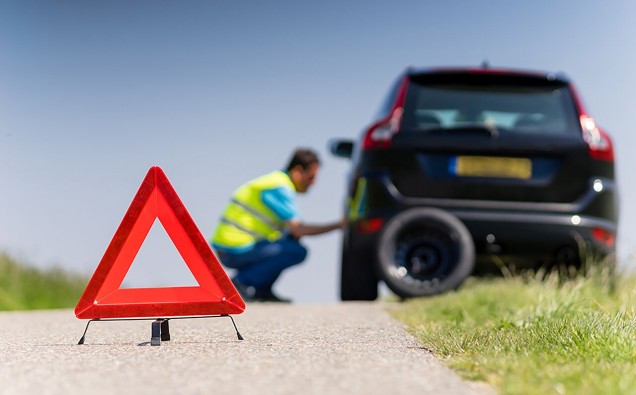Richard Gladman, IAM RoadSmart’s head of driving and riding standards has written about eight essential items that you should keep in your vehicle to help keep you safe on the road.
Phone and charger
Turn your phone to silent and place it in the glove box to avoid temptation to use it whilst driving. Ensure you remember a charger for any emergencies when you do need to use it.
First aid kit
You never know when you might need a first aid kit. You may need yourself or you may be able to help another road user if you’re the first on scene at an accident. So, keep one in the boot of your car just in case.
Empty fuel can
Carry an empty fuel can with you. DO NOT carry a full or partially full one as this can be a fire hazard if it’s recently had fuel in. Flammable vapour may still be present.
Warm clothes/blanket/high vis
We recommend keeping a blanket and some warm clothes in your car. The last thing you want is to be cold whilst broken down on the side of the road. Ensure you wear a high visibility jacket whilst manoeuvring around your vehicle so other road users can see you.
Food and drink
Don’t forget to bring some snacks and water to keep your energy levels up, always carry a bottle of water when driving.
Jump leads
Your car battery can go flat at any time and can be a worry when your car won’t start. Make sure you keep a set of jump leads in your car so you can start your engine with help from another vehicle.
Shoes
Now, this may sound silly but keep a pair of comfortable/sensible shoes in your car. You never know when you’re going to breakdown, and where for that matter. You may need to assess your car in the typical English weather.
Warning triangle
An item that is regularly overlooked is the reflective warning triangle. In accordance to the Highway Code rule 274 you should “put a warning triangle on the road at least 45 metres (147 feet) behind your broken-down vehicle on the same side of the road, or use other permitted warning devices if you have them. Always take great care when placing or retrieving them, but never use them on motorways.”
Richard says: “A journey can be a pleasant experience with the right planning. But it can turn into a nightmare if circumstances change and you do not have the right tools for the job with you. Getting stranded either in suddenly changing weather conditions, breakdowns or road closures will be made more bearable if you can let people know where you are, and survive in relative comfort and safety until you can get safely where you’re going.”

















